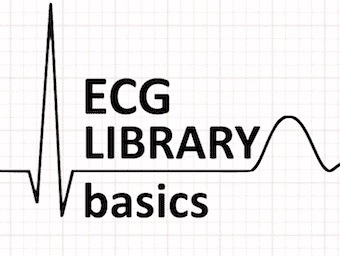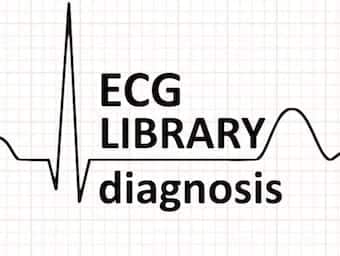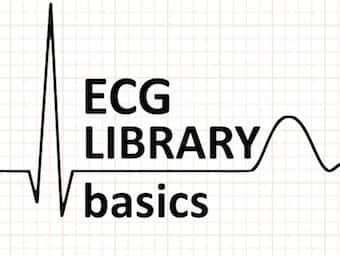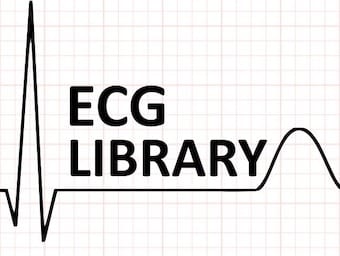
ECG Interpretation: Tachyarrhythmias
Part four of a 5 part lecture series on ECG/EKG Interpretation on tachyarrhythmias with Dr Theo Sklavos and cardiologist A/Prof William Wang.

Part four of a 5 part lecture series on ECG/EKG Interpretation on tachyarrhythmias with Dr Theo Sklavos and cardiologist A/Prof William Wang.

Part three of a 5 part lecture series on ECG/EKG Interpretation on conduction disease with Dr Theo Sklavos and cardiologist A/Prof William Wang

Part two of a 5 part lecture series on ECG/EKG Interpretation - Myocardial ischemia and infarction - with Dr Theo Sklavos and cardiologist A/Prof William Wang.

Part one of a 5 part lecture series on the basics of ECG/EKG Interpretation with Dr Theo Sklavos and cardiologist A/Prof William Wang.

ST elevation primarily localised to leads I and aVL, usually associated with reciprocal ST depression and T wave inversion in inferior leads

ECG Rule of Fours - aka ECG Interpretation Made Easy...On your arrival in the ER, the emergency intern casually throws you the ECG.

Brugada Syndrome - ECG abnormality with a high incidence of sudden death in patients with structurally normal hearts. Brugada - EKG Library

Worked examples of the three main methods to calculate ECG rate, along with an explanation of paper speeds and relevant clinical applications

The ECG Academy is run by electrophysiologist Dr Nick Tullo and is designed to teach readers how to expertly interpret (ECG / EKG) at your own pace. The videos are hosted at ECGAcademy.com and include easy to understand video lessons

Dr Nicholas Tullo's impressive ECG Academy. This subscription-based educational resource is packed with video tutorials created by a master educator.
Christopher Watford contacted the LITFL team with a query regarding a Visual Aid Question (VAQ) from the first sitting of the 2007 examination ACEM examination. We set about investigating the query using the power of social media… For me, this…

For our healthcare student friends, and anyone else fighting the AXIS of evil! Super Axis Man (SAM) is here to help understand Axis on the ECG